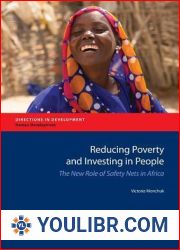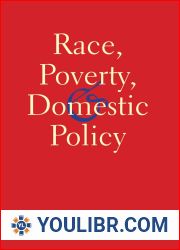
BOOKS - Reducing Poverty and Investing in People: The New Role of Safety Nets in Afri...


US $7.65

591908

591908
Reducing Poverty and Investing in People: The New Role of Safety Nets in Africa (Directions in Development)
Author: Victoria Monchuk
Year: November 20, 2013
Format: PDF
File size: PDF 2.9 MB
Language: English
Year: November 20, 2013
Format: PDF
File size: PDF 2.9 MB
Language: English
For the past two decades, Africa has experienced strong economic growth. However, high levels of chronic poverty persist, with poor households exposed to frequent shocks and a widening gap between income groups in terms of human capital outcomes and access to basic services. By providing regular, reliable support to poor and vulnerable households and by helping individuals invest in productive activities, targeted interventions such as safety nets have shown to help reduce poverty, reverse the trend of increasing inequality, and build household resilience. In the wake of the global economic crisis, an increasing number of policy makers in Africa have come to view safety nets as core instruments for reducing poverty and managing risk. Momentum is growing toward rationalizing public spending by better targeting measures to the poorest individuals. Reducing Poverty and Investing in The New Role of Safety Nets in Africa assesses the objectives, features, performance, and financing of safety nets in 22 Sub-Saharan African countries and identifies how governments and donors can strengthen safety net systems to better support poor and vulnerable people. Overall, the author finds that safety nets are on the rise in Africa and are beginning to evolve from fragmented stand-alone programs into integrated systems. Social protection has started to change largely from emergency food aid programs to regular, predictable safety nets including targeted cash transfers and cash-for-work programs. Some African countries, including Kenya, Rwanda, and Tanzania, are working toward consolidating their programs into a national system. With the timely analysis of safety nets in Africa, the encouraging results from impact evaluations, and the productive aspects of cash transfer programs in these countries, African decision makers are now prioritizing safety nets on their development agendas as effective instruments to reduce poverty and vulnerability.














































